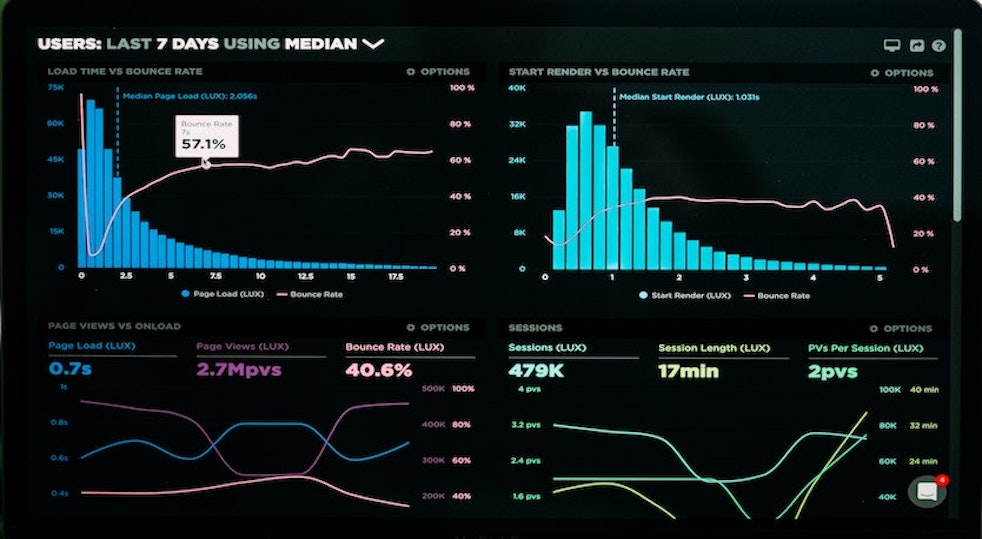To complement our series of QuickReads covering measurement, we will now explore the various data…

ChangeWise Quick Read: Creating the Perfect Problem and Outcome Statement
In this quick read, we take a look at how to create the perfect problem and outcome statement, why it’s important to get this right, along with some useful techniques to help.
What is a Problem Statement?
A problem statement is an accurate description of an issue or opportunity to be addressed or acted upon. It differentiates the current state from the desired future state.
What is an Outcome Statement?
In contrast, an outcome statement is an accurate description of the desired future state.
Why do I need to consider these statements so carefully?
We need to make sure we are not jumping straight to the solutions phase without carefully analysing and understanding the existing issue or opportunity. This is because we often try to resolve problems before we fully understand them. We need to distinguish between problem statements and outcome statements:
- Problem statements are brief, specific descriptions that explain the process, what the problem is, how often it occurs, and what the impact is. They begin with ‘How can we improve the process of……..?’
- Outcome statements respond to the problem statement and defines the future state and targets for the team, they begin with ‘We will know we’ve been successful when…..?
Both should be SMART (specific, measurable, achievable, realistic, time bound)
A well thought out problem statement also makes it easy for everyone to understand the issue/opportunity under focus.
Sounds good. Any tips for creating a great statement?
Absolutely! We find it really helpful to think about your problem statement in 6 elements using the 5Ws and 1H technique.

Ask these 6 questions about your issue or opportunity, then combine them to create the perfect problem statement.
Can you give me an example?
We thought you’d never ask! Let’s look at each element in turn. We will use a loan processing centre example to help us.
What?
What is currently happening?
- Demand is missed 50% of the time and 80% of the cases worked miss their 72-hour SLA
What should happen?
- 100% of demand met within the 72-hour SLA
Why?
Why is this happening? Why is it done this way?
- 70% of cases are reworked (90% of this failure demand is due to missing data or incorrect policy details)
When?
When is this happening?
- 2,000-3,000 cases are worked weekly Monday to Friday 9-5
How?
How is it being done?
- The process consists of both automated and manual steps across 3 teams, the exact process varies depending on location
Where?
Where is it being done?
- The process is completed by 3 separate teams based in Edinburgh, London and Kent
Who?
Who is operating the process?
- The Loan Processing Team currently divided geographically across three locations

Once you’ve carefully considered 5W and 1H, you can begin to form both your problem and outcome statements:
Problem Statement: How can we improve the process of our 3 Loan Processing Teams in Edinburgh, London and Kent who are failing to meet demand within required SLA times; only 50% of cases are worked resulting in 80% missing their 72-hour SLA? Rework of 90% also adds additional delays.
Outcome Statement: We will know we’ve been successful when 100% of demand is processed within SLA and reworked cases are reduced to 10%.
‼️ Important Point!! Note that we haven’t added any solution statements here. For example, ‘we will know we have been successful when all three teams are fully automated and using a common process’.
It is vital you keep an open mind and understand what is really happening at the operational level if you want to be successful in identifying the root cause.
In Summary
Problem Statements help us to accurately define the current issue or opportunity requiring Lean assessment. In turn, Outcome Statements help us to accurately define the desired outcome – they state what will be classified as success. Using the 5W and 1H technique is a great way to help define these effectively.
Want to know more? Get in touch with the ChangeWise team at info@changewise.co.uk
ChangeWise believes employee engagement is the foundation for successful Change. Training and coaching your people to use simple continuous improvement techniques will enable your organisation to continuously adapt and stay ahead in a constantly changing and challenging environment.
For updates and interesting Lean Change insights, connect with us on LinkedIn.



